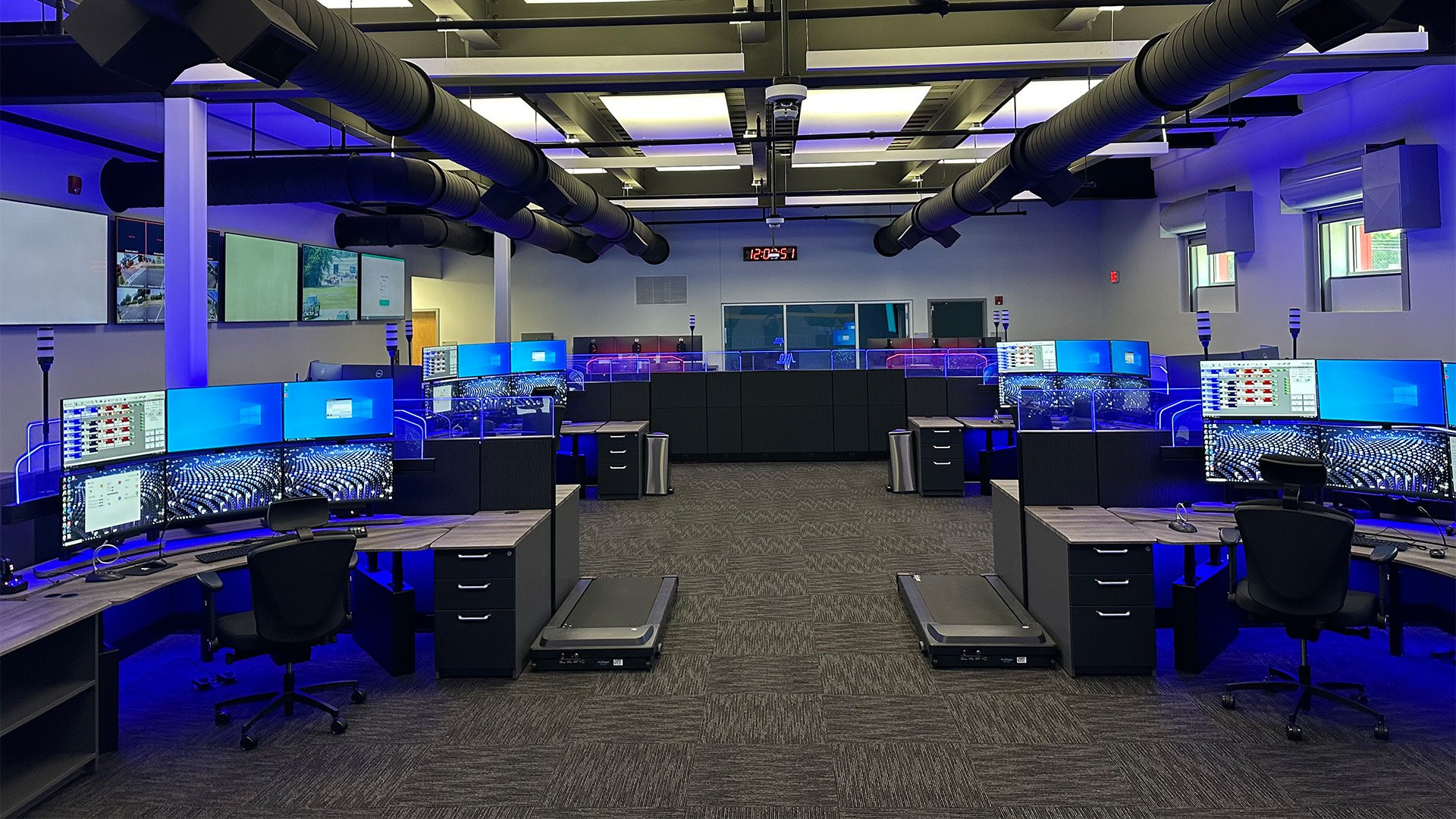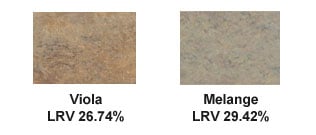 Light Reflectance
Light Reflectance
Have you ever wondered why Radiologists work in dark rooms? Studies have shown that the ability to interpret diagnostic images correctly on medical imaging monitors begins to decline as the ambient light conditions go from dark to light. Another common problem is light reflectance which can cause glare on the imaging monitors, impacting the clarity of the images. Too much glare is a frequent complaint among workstation users. Glare can be disabling, reducing the contrast of images and interfering with the ability to read the images correctly. Glare can be caused by reflections from interior light sources, light from windows and even light colored objects within the reading room-- including the color of the furniture.
Reducing Glare
Reducing glare is a key element that should addressed when properly designing a Reading Room. One way to reduce the glare off of the work surfaces is to select materials for the Reading Room furniture surfaces that have low light reflectance values (LRV).
So, what is a light reflectance value (LRV). LRV is a measurement that calculates the amount of light a color reflects, and conversely how much it absorbs. LRV is calculated on a scale from 0% to 100%. Zero is said to be an absolute black and 100% would be perfectly reflective white. An absolute black or perfectly reflecting white does not truly exist in our everyday world but the average blackest black material typically has a LRV of 5% and the whitest white materials has an LRV of 85%.
When deciding on the color of laminate for your PACS reading room workstation, be sure to select colors with low LRV values. These are colors that would result in a reduction of reflectance and glare while providing color variety and aesthetic appeal.
Here are some sample reflectance values of the laminates that would be ideal for a Reading Room workstation:
In comparison, below are two examples of laminates that would work better in an alternate environment, not in a Reading Room.
You will notice that they are double the LRV percentages and therefore may not be appropriate for use in a Reading Room environment. Although these may look visually appealing, with the higher LRV percentage, they are likely to produce distracting glare.
The ultimate goal when designing any Reading Room, should be to provide all Radiologists with a comfortable work environment where they can be highly productive, work undistracted and focus all their attention on accurate interpretations.



